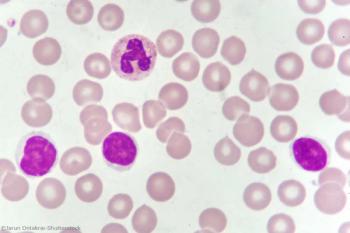
Long-term data from the phase III HELIOS trial indicates ibrutinib plus bendamustine and rituximab improve survival outcomes in CLL patients.

Your AI-Trained Oncology Knowledge Connection!


Long-term data from the phase III HELIOS trial indicates ibrutinib plus bendamustine and rituximab improve survival outcomes in CLL patients.

Evaluating the prognostic value of PET-CT responses after first-line immunochemotherapy in follicular lymphoma.

Dr. Ian Flinn spoke with Cancer Network about incorporating the newest approved therapies for the management of CLL.

FDA approves once-weekly carfilzomib/dexamethasone combo for relapsed or refractory multiple myeloma.

A study shows thalidomide-based treatment carries risk, but could be an option for certain multiple myeloma patients.

The research, published in JAMA Oncology, evaluates survival outcomes of a second allogeneic hematopoietic cell transplant vs donor lymphocyte infusion.

A study in The Lancet Haematology suggests this combination could become first-line for elderly or unhealthy patients with newly diagnosed AML.

Minimal residual disease negativity measured by next-generation sequencing was a valuable prognostic biomarker for multiple myeloma.

A study shows stress may affect certain cellular, cytokine, and chemokine markers in the body of patients with CLL.
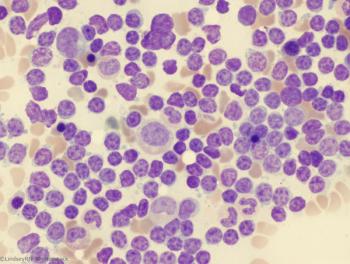
A study shows treatment with ibrutinib is superior to chemoimmunotherapy for patients with chronic treatment-naive CLL.

CX-01, a low-anticoagulant heparin derivative, has demonstrated good rates of complete remission, rapid platelet recovery, and no serious adverse events.

In this article, we review the methods of determining cell of origin (COO); use of COO in clinical practice; clinical trials in DLBCL according to COO; and future directions of tailoring treatment, including alternate categorization of genetic subtypes or clusters in DLBCL.

A study shows expanding access to care through insurance has the potential to improve outcomes in adults with follicular lymphoma.
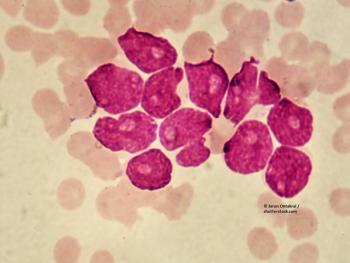
Although the study found lurbinectedin isn't promising, the presence of a chromosomal 11q21-23 abnormality may open doors in treating the disease.
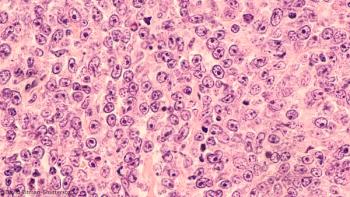
A study shows pretreatment ctDNA levels and molecular responses are independently prognostic of outcomes in lymphomas.
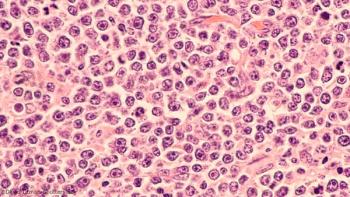
Antiretroviral therapy and rituximab show promise in aids-related diffuse large B-cell lymphoma patients.
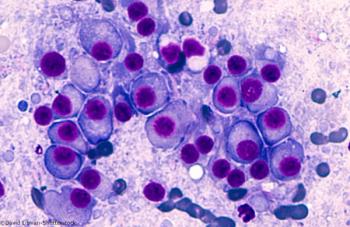
A study shows prescription drug coverage leads to better survival among Medicare beneficiaries with multiple myeloma.

Recent studies on CAR T-cell immunotherapy, and the recent approval of a new agent, add to evidence supporting the efficacy of these therapies.

Ibrutinib demonstrated superior response rates and survival in certain CLL patients despite exclusion from major clinical trials.

A study shows bendamustine followed by venetoclax and obinutuzumab was active in treatment-naive or relapsed/refractory CLL.

Using mediation analysis, researchers were able to identify three gene expression markers that help explain the observed prognostic difference between certain AML patients.

Investigations into the CSF3R gene may help lead to better classification and precise treatment of AML.

In Part 2 of this two-part series, this review covers extranodal natural killer/T-cell lymphoma, enteropathy-associated T-cell lymphoma, indolent T-cell lymphoproliferative disorder of the gastrointestinal tract, adult T-cell leukemia/lymphoma, and hepatosplenic T-cell lymphoma.
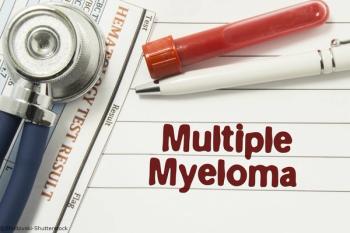
Relapsed or refractory multiple myeloma patients experience high response rates, overall survival with bortezomib-based therapy.

A high level of resilience was associated with a better mental and physical health-related quality of life among patients with multiple myeloma.